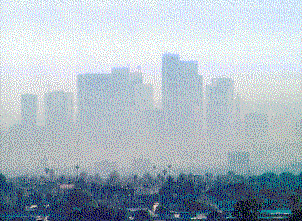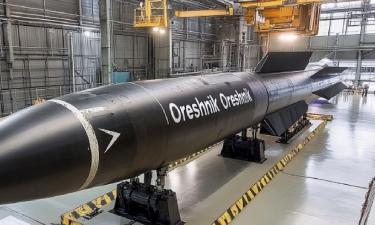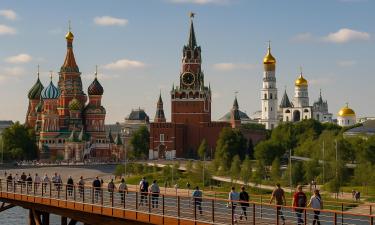Ecological situation in Russian towns worsens
The society still does not realize the scale and importance of the problem
Specialists from the Central Geophysical Laboratory made a list of Russia's most polluted towns and cities. A lot of cities and towns on the list were considered ecologically unfavorable already during the Soviet era, because they were situated in the area of large and 'dirty' productions. 
Specialists of the laboratory studied the ecological situation in 260 Russian towns. It is noteworthy that the towns with large metallurgic factories were listed on top. That list includes the towns with a very high level of air pollution. The list of 2003 was added with ten towns, which were not listed in 2002: the level of contamination is growing in many Russian towns. In Moscow, the ecological situation is worst in southern districts of the city. In addition, all towns on the list have been experiencing severe ecological problems during a very long period.
Several towns were estimated as “highly contaminated,” although they were referred to as “relatively contaminated” only five years ago. A spokesman for the geophysical laboratory, Sergey Chicherin, said that the medium level of pollution may depend on climate factors that change every year. “Cars are the main reason of the air pollution in big cities. This index grows constantly. Cars make 80 percent of atmospheric emission in Moscow and St.Petersburg,” the specialist said.
Power, fuel and metallurgic industries prove a very large percentage of the atmospheric pollution as well. “Russian industrial enterprises were experiencing a serious crisis ten years ago. Now they start recovering, many of them work on an outdated technological base. If they do not change technologically in the near future, the air quality will worsen a lot. One has to practice serious measures with industrial enterprises at this point, Sergey Chicherin said.
Sulfur dioxide, carbon oxide, nitric oxide and other volatile organic compounds are most common substances that pollute the Earth's atmosphere. Specific pollutants (hydrogen sulphide, carbon bisulfide, sulphuric acid, benzapilene, lead) make about two percent of all polluting substances emitted in the atmosphere. Despite the inconsiderable volume of specific pollutants in the atmosphere, their influence on the air in Russian cities and towns can be very negative. A lot of those substances are highly toxic.
The share of contaminants produced by industrial enterprises makes up about 70 percent in the total volume of 19.4 million tons of contaminating compounds: carbon oxide – 68 percent, solid substances – 15 percent, sulfur dioxide – 10 percent.
”The forecast for the future is not very pacifying. The society still does not realize the scale and importance of the problem. Our enterprises need to use the experience of Western companies, one has to modernize cars to make them ecologically safe,” Sergey Chicherin said.
Russia's ten most polluted cities:
Bratsk
Ekaterinburg
Kemerovo
Kurgan
Lipetsk
Magnitogorsk
Moscow, southern districts
Novokuznetsk
Rostov-on-Don
Ulan-Ude
Subscribe to Pravda.Ru Telegram channel, Facebook, RSS!




